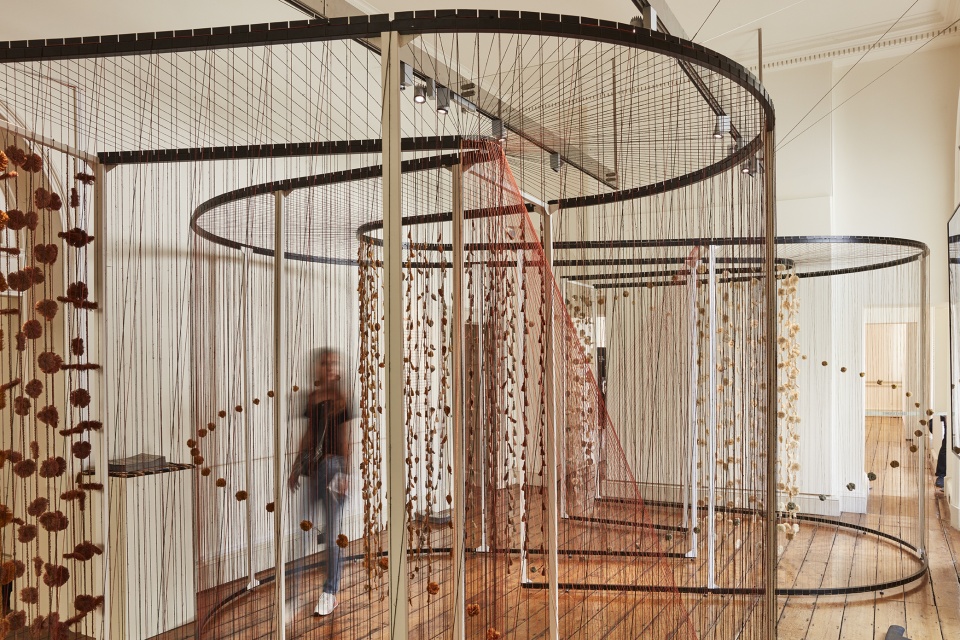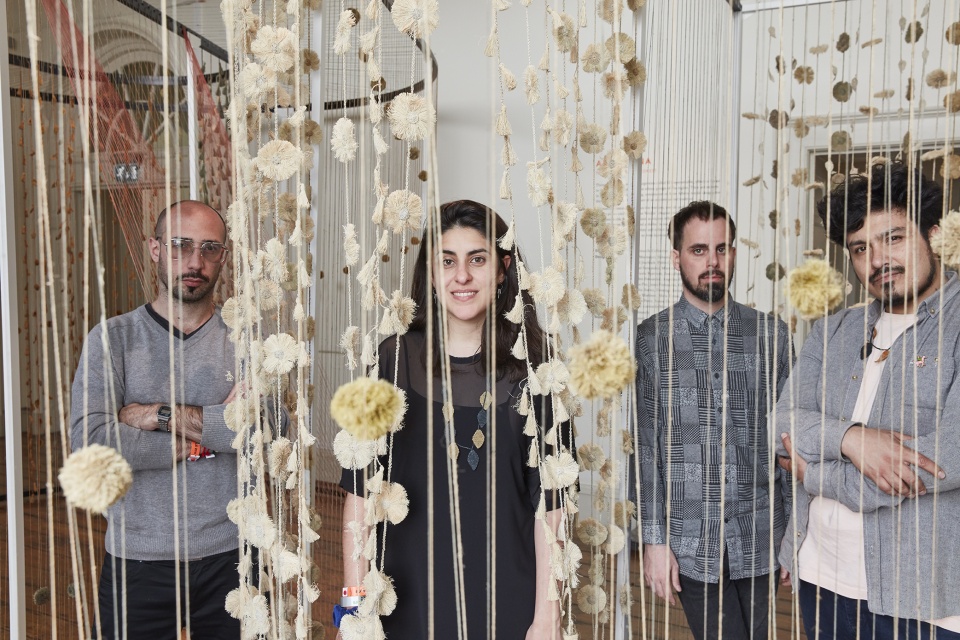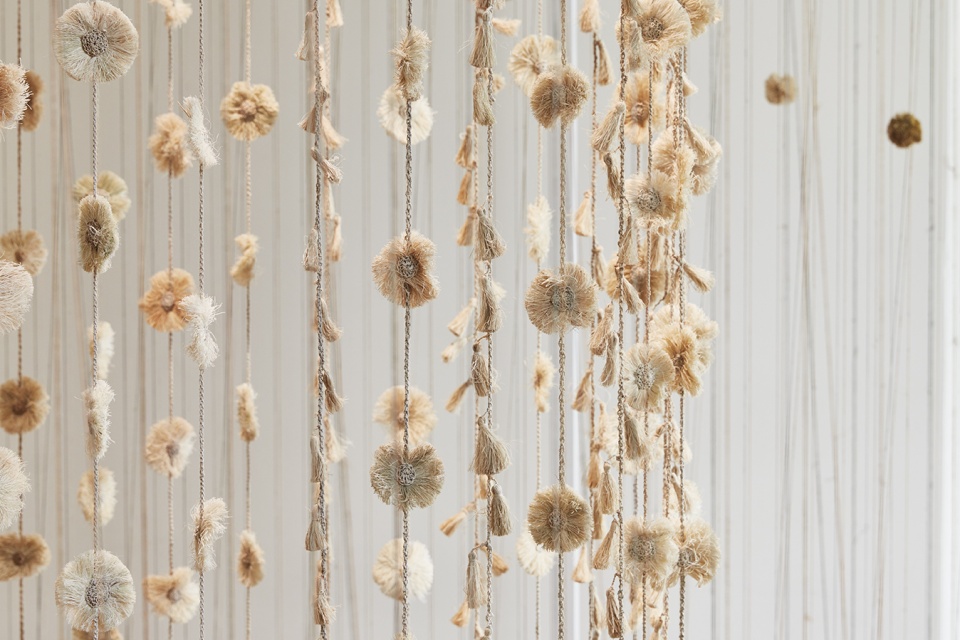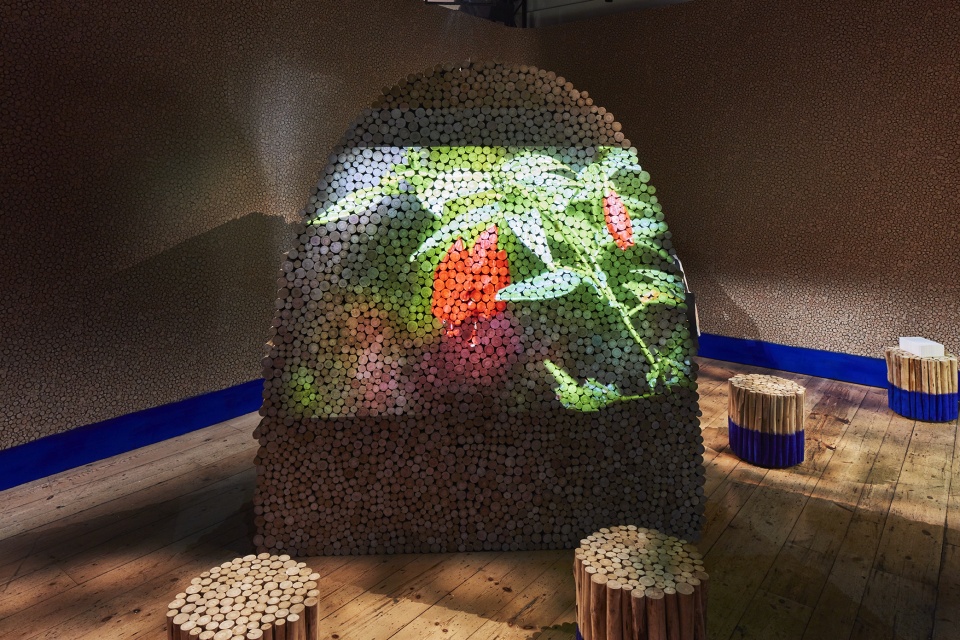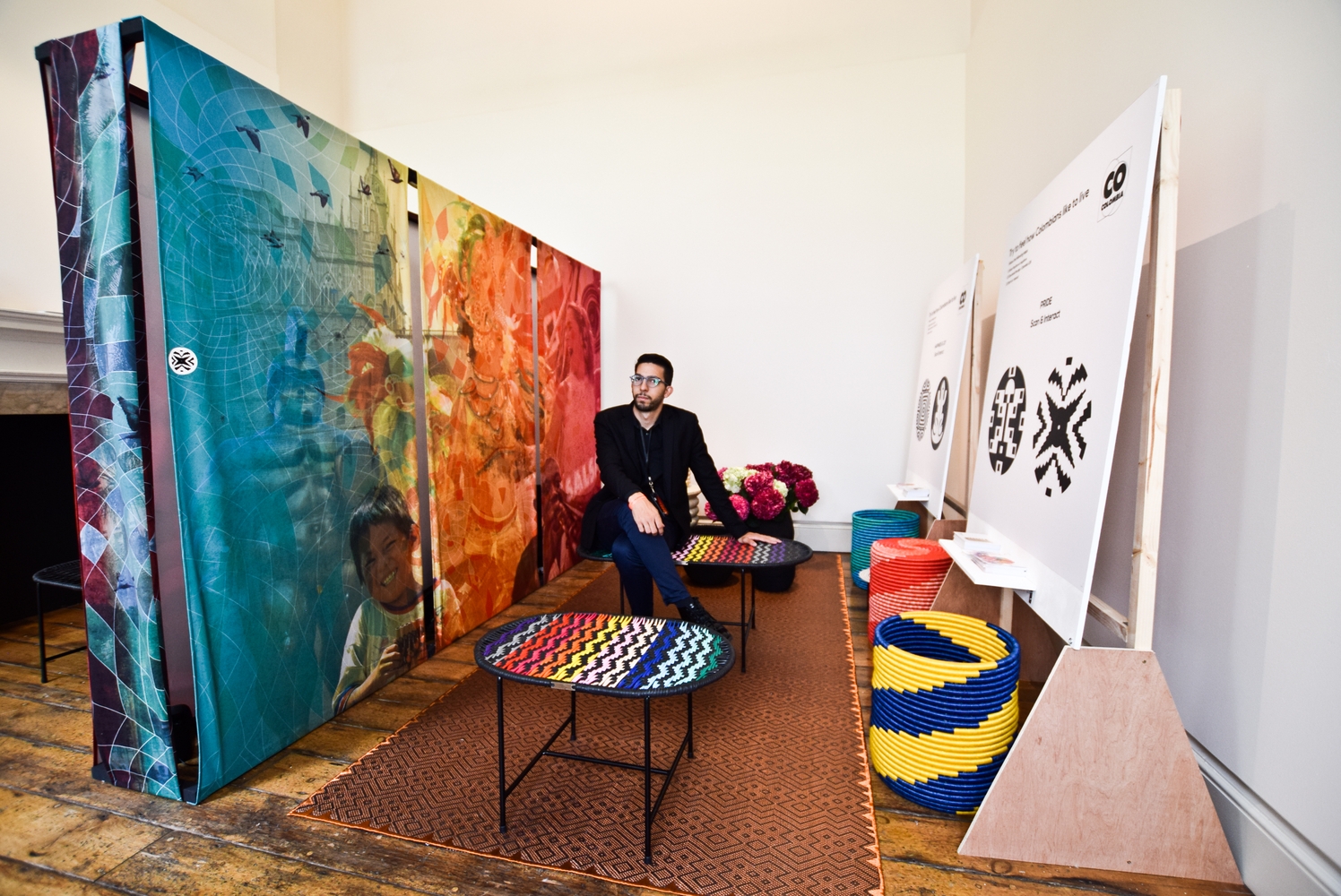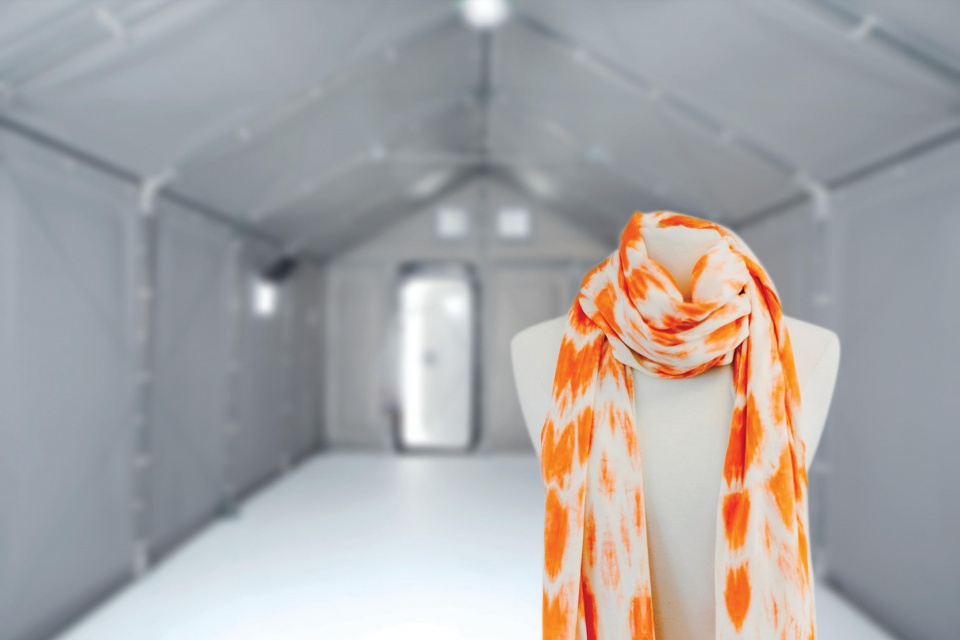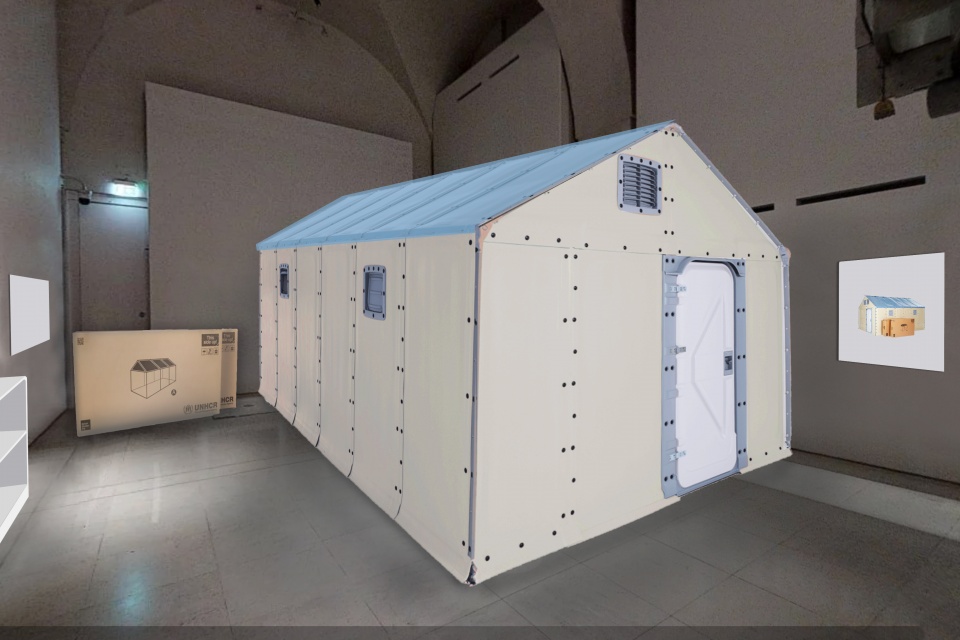The 2018 London Design Biennale
LEE ESTE POST EN ESPAÑOL.
September marks the start of one of the art and design world’s most significant events, the London Design Biennale, a world tour of design installations that features 40 countries, cities and regions.
Taking place inside London’s impressive neoclassical landmark, Somerset House, and with the theme ‘Emotional States,’ the month-long international forum shows why societies are becoming ever more aware the power of design as an agent of social change and economic growth, highlighting a number of hot topics that demonstrate the impact of design on each aspect of our lives, from social equality, sustainability and pollution to migration, energy and innovative urban solutions. To follow are a few of our picks by participating countries. londondesignbiennale.com
Guatemala – Palopó
Featuring thousands of handmade cloths that represent the breathtaking landscape of Lake Atitlán, Guatemalan design studio Olivero Bland in collaboration with Sylvia Denburg created this interactive installation to bring visitors closer to Santa Catarina Palopó, a community where art and design is being used as a tool to promote sustainable economic and cultural development.
Argentina - The Impenetrable Forest
This immersive installation by design collective TRImarchi brings a piece of Argentina to London, featuring more than 6,000 meters of chaguar string, a textile technique by the native Wichi community. The installation aims to push the limits of popular art by inviting visitors to make their way through Argentina’s Impenetrable forest to a place of contemplation and inward reflection.
Brazil – Desmatamento
Though deforestation rates have decreased by 80% in Brazil since 2004, illegal deforestation continues to ravage the Amazon rainforest. In an effort to protect the home of earth’s most biodiverse ecosystem, Brazil has pledged to combat illegal deforestation by 2030, with the ambitious goal of recovering a forest area the size of England.
Artist-designer David Elia's Desmatamento aims to put the spotlight on the delicate state of the Brazilian rainforest by using hundreds of found tree stumps which are painted in a blue pigment symbolic of the mark used by forest wardens to indicate trees that are to be saved.
Colombia - Triada
While images of drugs and violence continue to define Colombia on the world stage, designer David Del Valle’s contemplative installation Triada aims to take visitors on a journey through his country’s traumatic past and into its bright future, juxtaposing positive and negative emotions that are manifested through sounds and images that evoke the Colombian experience.
A project he and his team at Tu Taller Design in Medellin spent two years designing, the installation’s components are all inspired by traditional manufacturing techniques unique to Colombia, featuring materials from all over the country, like the Barichara stone from Santander; ceramic pottery from La Chamba, Tolima; fique rolls from Guacamayas, Boyacá; and furniture objects woven in colorful plastic cables, a tradition from the country’s Caribbean region.
Puerto Rico – Soft Identity Makers
For an island that has been a colony since 1492, first to Spaniards and then to Americans, the subject of identity is latent in Puerto Rico. By allowing visitors to choose from 45 different personality markers in order to construct their unique post-national identity, Muuaaa Design Studio explores the issue of national identity and invites visitors to reflect on what it means and represents, and ultimately, whether it is relevant. The result is a graphic representation of each visitors' personal identity that they can then take home as a souvenir T-shirt.
Refugees’ Pavilion – Nairobi Design Week
As designers around the world work to solve refugees’ difficulties, this pavilion acknowledges the obstacles to overcoming them, specifically that houses in refugee camps must be temporary by design, while the camps themselves are anything but, with many existing for decades.
Refugees’ Pavilion tells stories of refugees through the objects that they have designed, and one groundbreaking design that has been created to help them and their families. Housed within the Better Shelter, winner of the Design Museum’s Design of the Year in 2016 – a structure that features two cardboard boxes that can be assembled in just a few hours by four people and a hammer, the pavilion demonstrates how different families across the world’s refugee camps transform their temporary home from a flat-packed house into a home of their own.
The London Design Biennale will be on show at London’s Somerset House until September 23rd.



